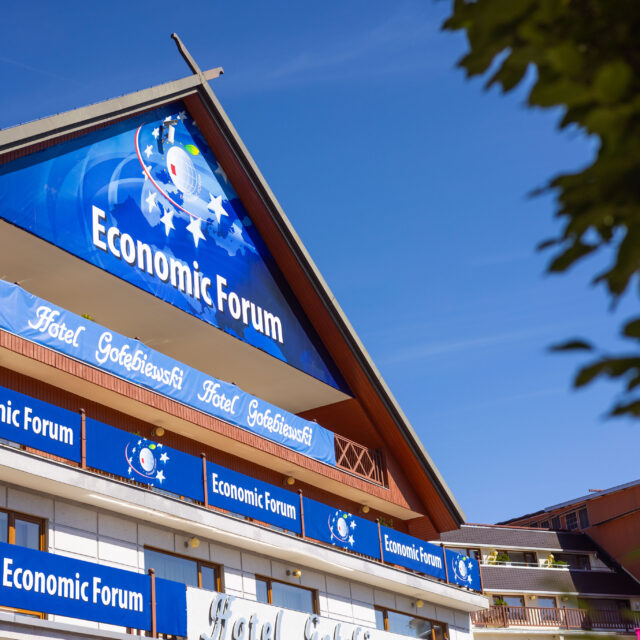In an opinion proposed by the Consultative Commission on Industrial Change (CCMI) and adopted at May’s plenary session, the European Economic and Social Committee (EESC) recommends that the European Commission and national governments, in consultation with all stakeholders inside the packaging industry, take the necessary steps throughout each product’s life cycle to increase the industry’s sustainability.
Most of the enormous amounts of packaging materials currently used for the safety, hygiene, transportation, conservation, presentation, and application of all kinds of goods – whether it is for industrial purposes, construction work, communication systems, or individual consumption – are made of carbonic or metallic fibres, which are limited resources.
”Future EU legislation should focus on the entire life cycle of products to promote the circular economy. Production, consumption and waste-treatment in the packaging industry are key in advancing towards a sustainable future”, said opinion rapporteur, Matteo Carlo Borsani. ”Circular economy processes and sustainable consumption must be encouraged in order to avoid waste and keep used resources in the EU economy for as long as possible”, he added.
Packaging plays a critical role in economic, environmental, and social sustainability, but looking at packaging alone might have a negative impact on the regulatory system. In reality, the packaging used to preserve things usually represents significantly less resources and has a far lower intrinsic value than the product it is protecting. For example, in the food business, 30 percent of all food produced worldwide is lost or wasted throughout the supply chain: as a result, product loss due to poor packing is likely to have far more negative environmental consequences. Improved packaging might be one approach to minimise this food loss rate.
”Waste reduction and management are at the same time the key issues of the protection of the environment, an important matter of preservation of resources and, crucially, of responsible human behavior. Thus, it is a paramount societal challenge to be addressed jointly by all involved societal actors” said the co-rapporteur Dirk Jarré.
By 2030, all packaging should be re-used or recycled, according to the Circular Economy Action Plan 2.0. In order to achieve this objective, all packaging materials should be valued in the pursuit of the circular economy goal, with an emphasis on eco-design, current and future recycling technologies, and strong measures to combat dispersion.
The opinion includes a list of preferred raw materials: packaging made of natural fibres and other natural materials can effectively decouple growth from resource usage. Renewable materials are long-lasting, appealing, recyclable, and biodegradable. According to recent studies, fibre packaging can be recycled more than 25 times, making it highly valuable for the circular economy. Unique permanent materials, like aluminium and steel, can also be a part of the circular economy when used responsibly.
Consumer perceptions and interactions with packaging are also evolving. It is critical that industry and consumers change their habits when it comes to packaging. According to the European Consumer Packaging Perceptions Study, nearly two-thirds of respondents say they have changed the products they buy because of packaging concerns, and even more say they would be willing to pay more for packaging that is more environmentally friendly. Awareness-raising and education efforts can help to advance these trends.
In order to provide the European Commission with the resources and assistance needed to implement its initiatives, the EESC has called for the implementation of a European social dialogue in the packaging industry, involving trade union federations and employers’ federations. Considering the importance of packaging across all areas of the economy, the opinion also underlines the need for the European Commission to establish an annual forum on packaging and packaging waste. The forum would bring together stakeholders and representatives from European institutions to monitor the Directive’s implementation and identify best practices in relation to sustainable packaging regulations.
The European Union and its Member States should firmly encourage and support innovative ideas, scientific research, and new industrial processes that support this approach. Furthermore, proper public information efforts and incentives are needed to increase public acceptance of and preference for these new – and sometimes uncommon – items




